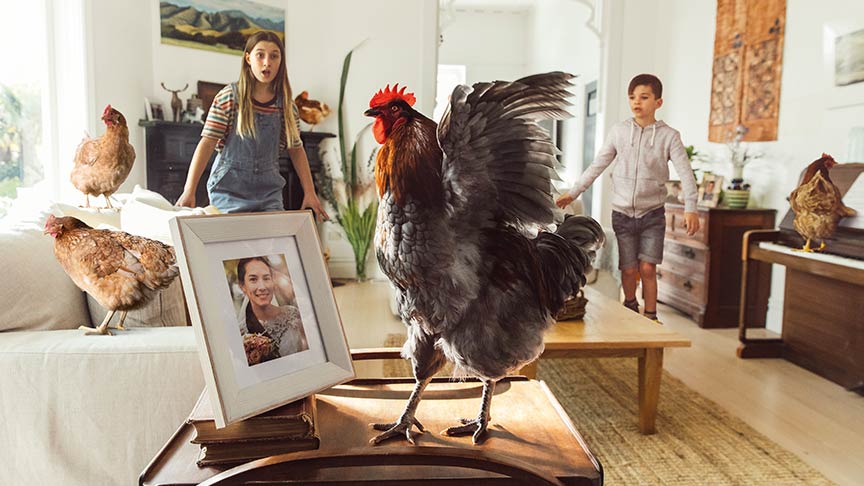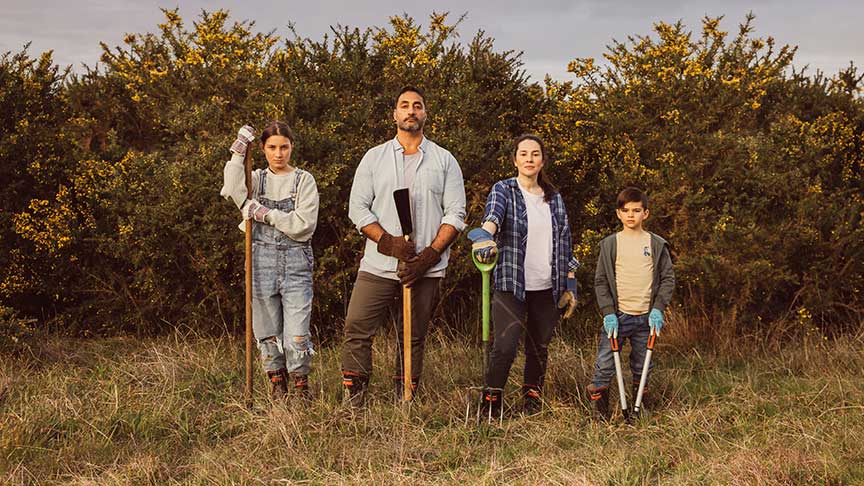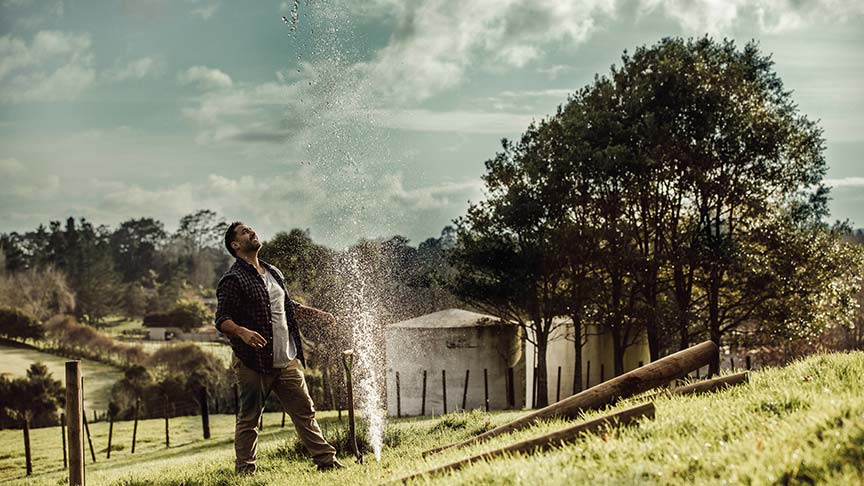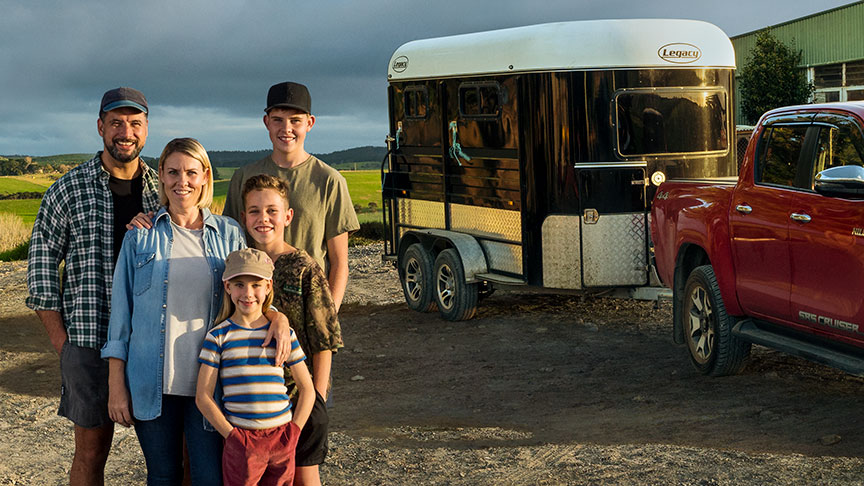Size things up
If you’re planning on having animals on your block, make sure you check that the land size is large enough to sustain them. Also remember that when animals are not keeping the grass down, you’re left having to mow it yourself. Most people recommend five to 10 acres is a manageable size for your first lifestyle block.

Do your homework
Just like buying in a home in the city, there are obvious things you’ll need to check out like LIM reports, comparable prices, and builders’ reports, but for a lifestyle block, it pays to get to know a bit more about the land. If the land had previously been used for cropping or farming, it’s good to know if chemicals were used – especially if you’re thinking about growing organic crops. We recommend getting the soil tested and talk to your potential neighbours to get a better insight into the area.

Test the waters
Moving out to a lifestyle block means you’re likely to have to manage water and sewage for your property. It’s good to know the source of your water supply – you’ll probably need water tanks and it’s important to know how to keep them in good shape. It’s highly likely you’ll need your own sewage system as well, which means having a septic tank, pumps, and drainage. True, you won’t be paying rates for water and sewage, but both can be expensive to maintain so it’s important to know the age and condition of these items before you buy your block.

Backup plan
When starting out on a lifestyle block, costs can increase quickly. The mortgage can also be hefty, so what’s the backup plan if something goes wrong? It’s worth spending time now to work out what decisions need to be made if you or your family become injured, ill or were to die. Would you want to stay on the lifestyle block or move closer to town? How will the bills get paid? Our Life & Health Advisers across the country can help you with these big questions. Find out more.
